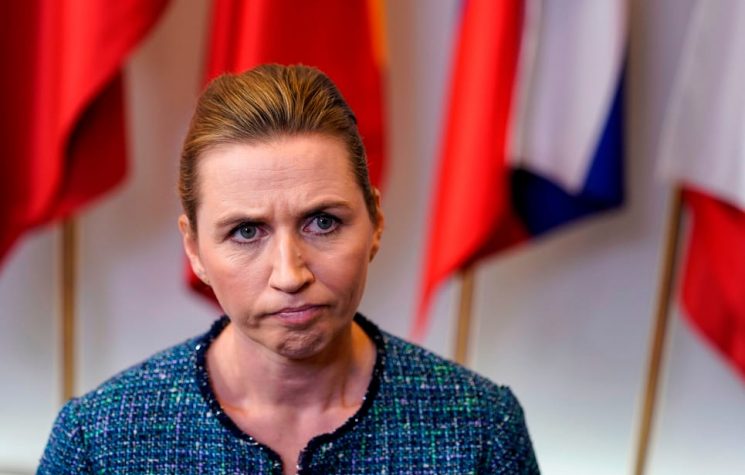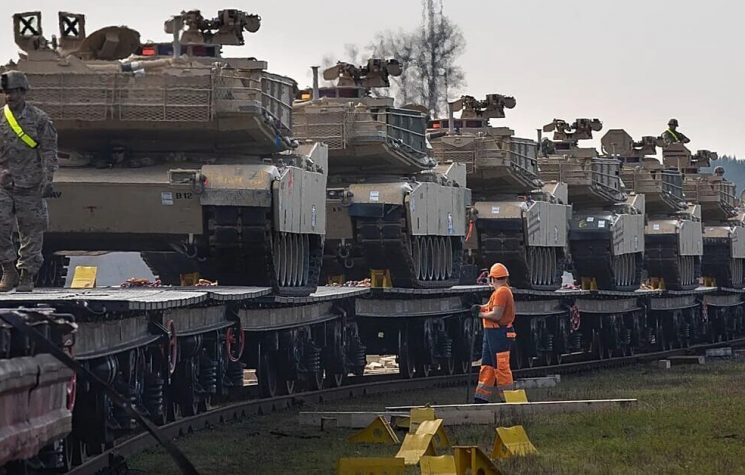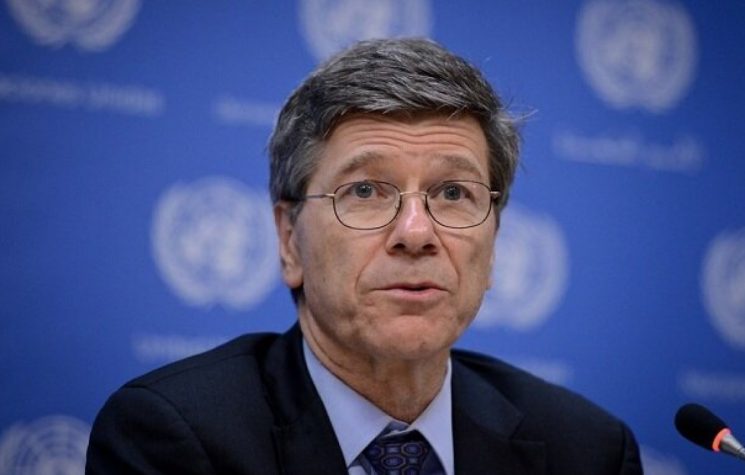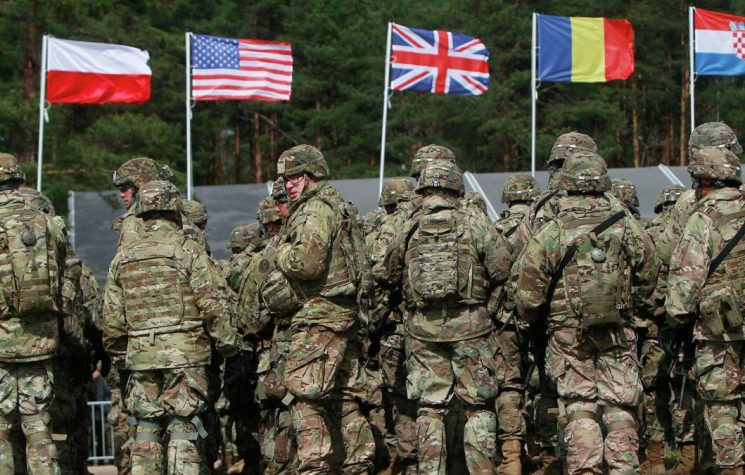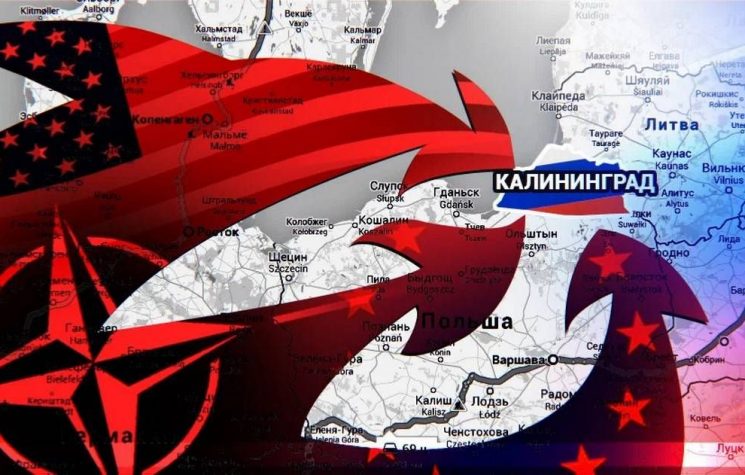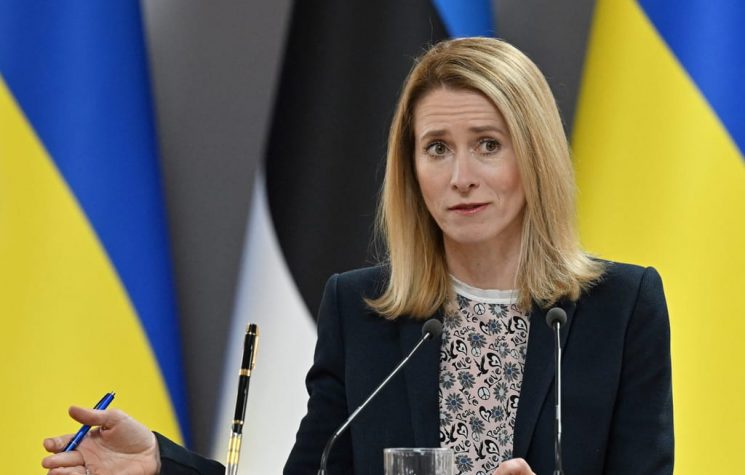The Baltic region has convinced itself that it will be the first target if a war breaks out on Europe’s eastern flank.
Join us on Telegram![]() , Twitter
, Twitter![]() , and VK
, and VK![]() .
.
Contact us: info@strategic-culture.su
The claim that Russia will continue to “invade” European countries after Ukraine has become one of the main factors shaping European politics. Despite the rise of “anti-West/NATO/EU” forces across the continent and the back-and-forth peace-seeking rhetoric from Donald Trump in the United States, mainstream European politics is continuing its war preparations at full speed. In this context, the Baltic states have taken yet another significant step.
Lithuania, Latvia, and Estonia have decided to jointly implement mass evacuation plans “to ensure civilian safety against Russia’s increasing threats.” On June 13 in Vilnius, the interior ministers of the three countries signed a formal memorandum initiating a broad cooperation that envisions coordination during cross-border evacuations and acceleration of information sharing.
Lithuania’s Interior Minister, Vladislav Kondratovič, described the plan as follows: “Clear procedures and rapid information flow are vital. This way, we can prevent panic before and during crises and quickly put measures into action.” Kondratovič emphasized that this alliance will play a critical role, especially in “large-scale evacuations.”
What’s in the evacuation plan?
The three countries will share information about their evacuation capacities, potential evacuation routes, and the condition of border crossings. This data will be used to ensure the safe and swift transfer of civilians. It was also underlined that people with disabilities, the elderly, children, and other vulnerable groups will receive special priority in evacuation procedures.
The core objective of the memorandum was outlined in the official statement as follows:
“Our main aim with this memorandum is to strengthen regional cooperation on mass evacuations among Baltic countries, prepare joint evacuation plans, and solve common challenges through rapid information sharing.”
As of now, there is no publicly announced budget for the signed memorandum; official sources have not provided any expenditure figures. However, looking at the past, Lithuania alone allocated approximately 285 million euros in 2024 for mass evacuation infrastructure, which provides a sense of the scale involved.
This is neither the first nor the last of such steps taken by the Baltic countries. Previously, serious war-preparedness plans were made—from distributing brochures on wartime preparedness to calculating the capacity of cemeteries across the region.
Moreover, at the end of last month, the interior and civil defense ministers of Belgium, Estonia, Latvia, Lithuania, Luxembourg, the Netherlands, Finland, and Sweden gathered in Brussels to call for strengthened European civil defense capacity. They emphasized the need to be prepared not only for military threats, but also for internal security, stability, and resilience against various crises.
Before Zapad 2025
The decision by the Baltic countries came ahead of the “Zapad 2025” joint military exercise, set to take place between Russia and Belarus this September. Every time such drills occur, the West tends to describe them as “rehearsals for a new attack.”
Meanwhile, Belarus announced that the scale of the exercises would be significantly reduced and relocated. Although this move was allegedly intended to prevent further escalation with NATO, it seems insufficient to ease the tension.
Health sector preparing for war too
While military build-ups and broad-based war-preparedness rhetoric grow louder, Europe’s healthcare systems are also making preparations “against an attack from Russia.”
Some hospitals in Lithuania have taken precautions against electricity and water outages and built helicopter landing pads. In Estonia, ambulance teams have been equipped with bulletproof vests and satellite phones. Estonia is also making further preparations to bolster its emergency response.
In this context, Politico recently published a striking article on Eastern Europe’s war preparations. The article, “Europe’s border states prepare their hospitals for war,” by Giedre Peseckyte, contains notable statements that reveal how politics and society alike are adjusting to a war footing:
Estonia’s Deputy Health Board Chief Ragnar Vaiknemets: “We have bad neighbors here — Russia and Belarus. This is no longer a matter of ‘if they attack’ but ‘when they attack.’”
Poland’s Deputy Health Minister Katarzyna Kacperczyk: “For front-line countries, preparation is no longer optional; it’s a necessity.”
Norway’s Health Directorate chief Bjørn Guldvog: “Wartime needs can be three to five times those of peacetime.”
Doctor Rūdolfs Vilde of the Pauls Stradiņš Clinical University Hospital in Riga: “Most doctors who are parents do not want to leave their children behind and go to work in a war.”
Latvia’s Health Ministry Undersecretary Agnese Vaļuliene: “We must prepare for the worst, but we hope it will never happen.”
Yet, the most vulnerable first responders will face these threats with limited capacity.
Estonia, for instance, has only half the per-capita number of health workers as Germany. And there is no certainty they would even stay if war breaks out. A survey in Lithuania showed that 25% of healthcare personnel would flee in wartime, while 33% were undecided.
While Europe averages 11.5 intensive-care beds per 100,000 people, this number is insufficient under wartime conditions. Even at 150% capacity, most hospitals would only be able to cope for 24 to 48 hours. However, Eastern European hospitals are making plans to turn their basements into operating rooms.
Civilian participation on the rise
Alongside war preparations and evacuation planning, Baltic countries plan to conduct a large number of exercises this year. What stands out most is their emphasis on “civil defense,” with key themes such as casualty evacuation and emergency response training.
The big picture that emerges is this: The Baltic states do not believe that military forces alone will suffice in a war with Russia. Hence, they are constructing a new model of civil-military mobilization where civilians—from doctors and nurses to firefighters and hospital staff—are directly involved.
And what would happen if Russia were to actually attack? Would there still be a meaningful distinction between civilian and military casualties? That remains an open question.
The Baltic region has convinced itself that it will be the first target if a war breaks out on Europe’s eastern flank. According to its leaders, preparing for a possible Russian attack is no longer only a soldier’s duty; it is a duty for the entire society—every doctor, nurse, firefighter, hospital, and citizen.
In this environment, the Baltic countries are operating on a hypothetical threat. The idea that Russia will attack them after Ukraine remains a prophecy at present. But the ever-growing NATO military presence in the region might just turn that prophecy into a self-fulfilling one.










